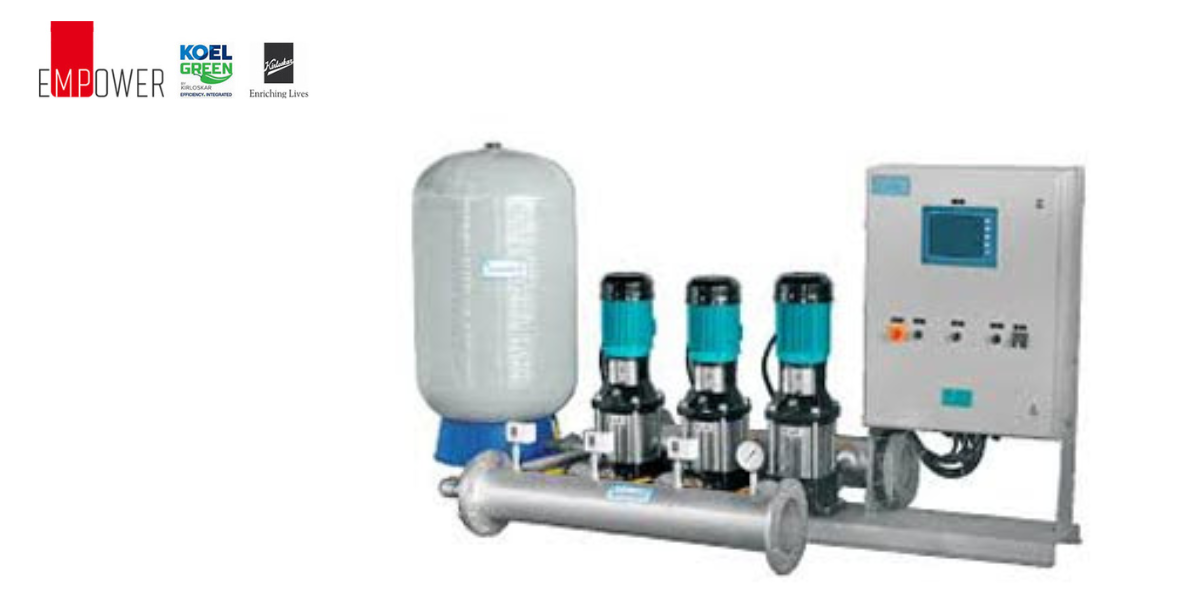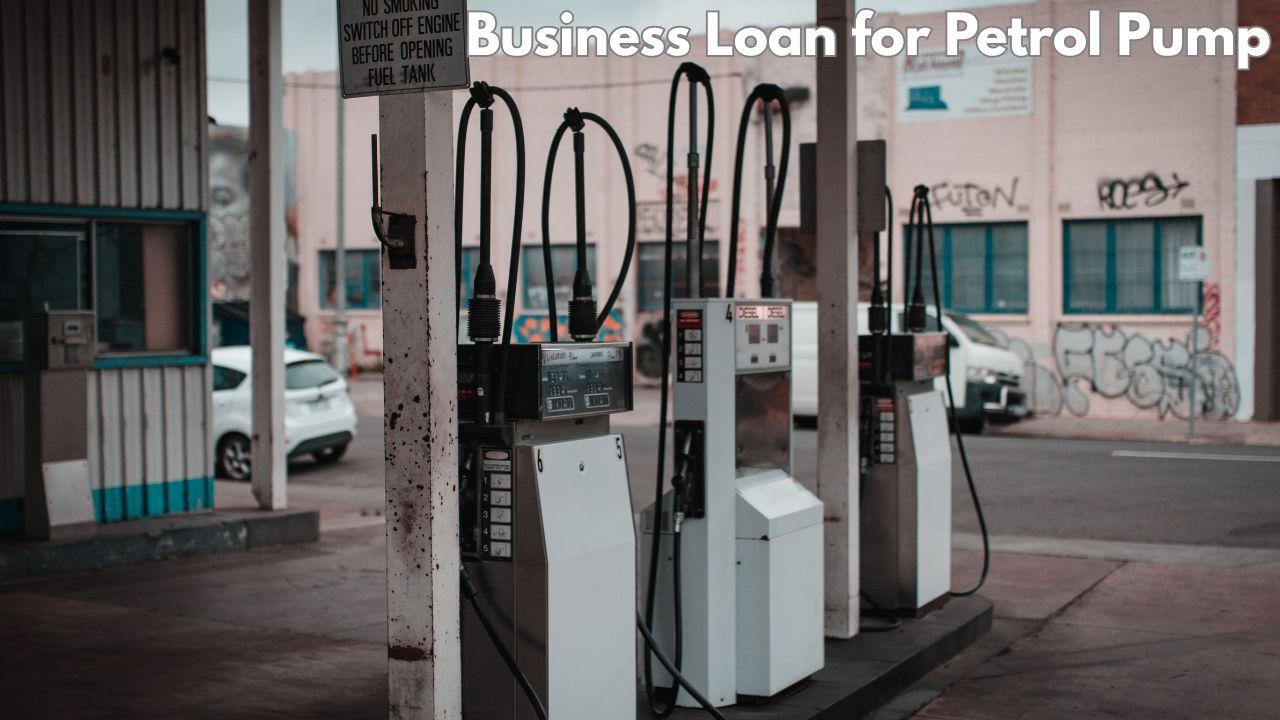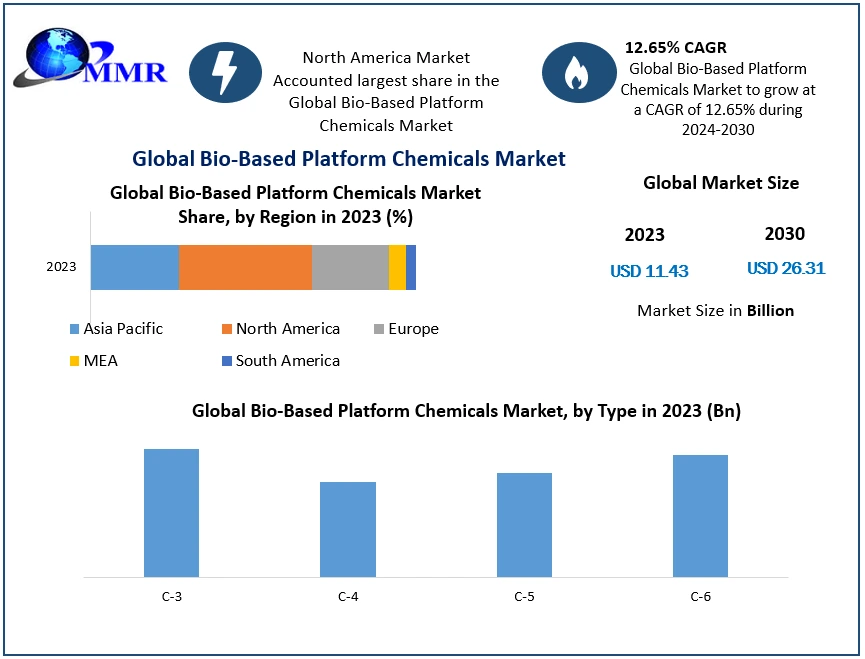Hydro Pneumatic Systems – Efficient Water Supply Solutions

What is a Hydro Pneumatic System?
A hydro pneumatic system is a water supply system that combines a pump, a pressure tank, and control mechanisms to provide consistent water pressure and flow in residential, commercial, or industrial setups. The system uses compressed air in the pressure tank to maintain steady water pressure and avoid frequent pump cycling.
Components of a Hydro Pneumatic System
-
Pump
-
Typically a centrifugal or monoblock pump.
-
Draws water from a source (borewell, tank, or reservoir) into the system.
-
-
Pressure Tank (Air-Charged Tank)
-
Contains compressed air and water.
-
Air compresses when water enters, maintaining pressure and reducing pump starts/stops.
-
-
Pressure Switch / Controller
-
Monitors system pressure.
-
Automatically starts or stops the pump when pressure drops below or rises above set limits.
-
-
Pipes & Valves
-
Distribute water throughout the building or facility.
-
Include check valves to prevent backflow and isolation valves for maintenance.
-
How It Works
-
When a tap or outlet is opened, water leaves the system and pressure in the tank drops.
-
The pressure switch senses the drop and starts the pump automatically.
-
The pump fills the tank, compressing air and restoring pressure.
-
When the desired pressure is reached, the pump stops.
-
This maintains a steady pressure at all points of use while reducing pump wear.
Benefits of Hydro Pneumatic Systems
-
Consistent water pressure even at multiple outlets simultaneously.
-
Reduced pump wear due to fewer start/stop cycles.
-
Energy efficiency – pump only runs when needed.
-
Compact installation – requires less space compared to overhead tanks.
-
Versatility – suitable for residential buildings, commercial spaces, industrial facilities, and irrigation.
Applications
-
High-rise residential apartments
-
Commercial buildings and offices
-
Hotels and hospitals
-
Industrial plants
-
Agriculture and irrigation systems
Key Considerations for Installation
-
Correct pump sizing – based on flow requirement and building height.
-
Pressure tank capacity – determines how long water can be supplied without pump operation.
-
Pressure settings – must match system requirements (typical 2–4 bar for residential, higher for industrial).
-
Water quality – filtration may be needed to protect pumps and valves.
-
Maintenance – periodic inspection of pressure tank, pump, and valves to ensure optimal performance.
Conclusion
A hydro pneumatic system is a reliable and energy-efficient solution for maintaining consistent water pressure. It prevents pump overloading, reduces electricity consumption, and ensures a smooth water supply across multiple outlets. Proper design, installation, and maintenance make it a long-lasting and efficient system for any water distribution requirement.







